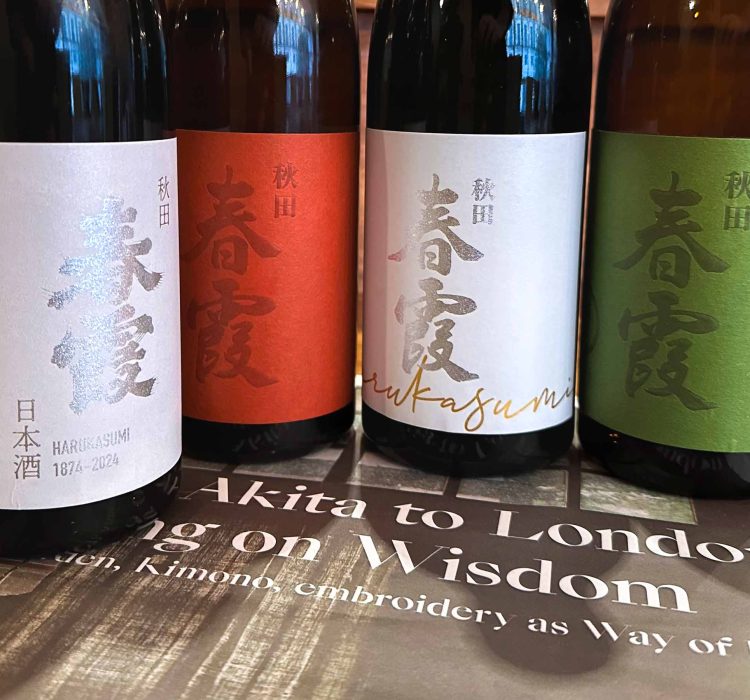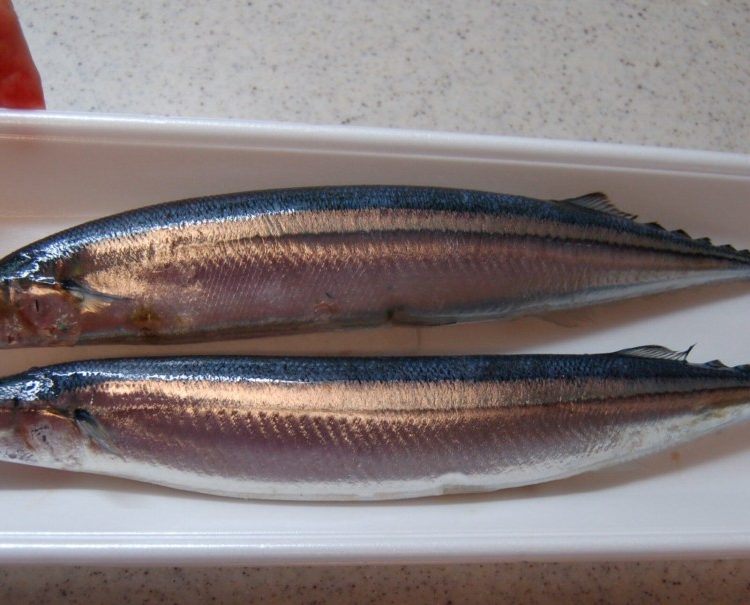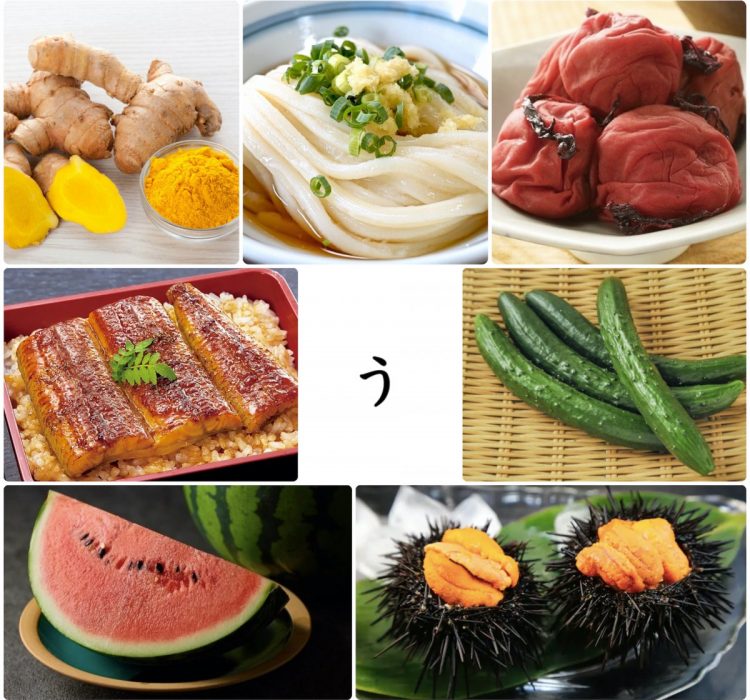
Dec.14
Elizabeth Andoh – A Taste of Culture
Dec.14
Dear friends, colleagues and those who have expressed an interest in the FOOD & CULTURE of Japan: Pine trees are iconic in Japan, with the two most common types being the Japanese black pine kuro matsu 黒松 (Pinus thunbergii), left, and the Japanese red pine aka matsu 赤松 (Pinus densiflora), right. Japanese black pines are…

Oct.01
Gianfranco Chicco – Sketches of Japanese Craftsmanship in London, September 2025
Oct.01
Sketches are my half-baked ideas, projects and notes for articles. I scribble them on napkins, random notebook pages or in my phone’s notes app. Today’s missive is from several activities I took part in during London Design Festival in September 2025. The common denominator was Japanese craftsmanship with practical lessons about choosing place over prestige,…

Aug.22
Elizabeth Andoh – A Taste of Culture
Aug.22
Dear friends, colleagues and those who have expressed an interest in the FOOD & CULTURE of Japan: 屋台 YATAI Summer Festival Foods Throughout Japan summertime is a time for matsuri festivals and that means hanabi 花火 (fireworks), mikoshi 神輿 (portable Shinto shrines paraded through the streets during festivals), bon odori 盆おどり(dancing), and yatai 屋台(food stalls…

Aug.07
Elizabeth Andoh – A Taste of Culture
Aug.07
Dear friends, colleagues and those who have expressed an interest in the FOOD & CULTURE of Japan: 素麺 SŌMEN Noodles As the heat and humidity of summer settles in, appetites begin to wane. That’s when thread-thin sōmen noodles provide solace. Indeed, sōmen have been refreshing heat-weary Japanese since at least the 8th century. Sōmen noodles…

May.12
Elizabeth Andoh – A Taste of Culture
May.12
Dear friends, colleagues and those who have expressed an interest in the FOOD & CULTURE of Japan: SHŌBU: 尚武・勝負・菖蒲 The Japanese often engage in word play, and during the month of May there are two words, SHŌBU and KATSU, that provide opportunity to engage in homonym fun. The words for martial spirit (shōbu, 尚武), victory…
Mar.28
Elizabeth Andoh – A Taste of Culture
Mar.28
Celebrating Sakura The Japanese take great pleasure in celebrating the seasons and SAKURA (cherry blossoms) are emblematic of spring. From the time buds (tsubomi 蕾) first appear to the official pronouncement of blooming (kaika 開花) it is often less than a week. And from there to full-blown flowering (mankai 満開) can be just days. The…

Oct.22
Elizabeth Andoh – A Taste of Culture
Oct.22
Dear friends, colleagues and those who have expressed an interest in the FOOD & CULTURE of Japan: With consistently cooler days and a few downright chilly nights, it finally feels as though autumn has arrived in Tokyo. After another long, brutal summer during which beat-the-heat survival menus featured icy cold tofu and well-chilled egg…

Sept.08
Elizabeth Andoh – Autumnal Culinary Pleasure: SANMA
Sept.08
The Japanese speak of aki no mikaku (autumnal eating pleasures). Of the many foods placed in that category, a slender, sleek, and steely-colored fish called sanma (Pacific saury; Cololabis saira 秋刀魚) has always been considered shomin no aji, or “food for the masses.” In historical novels and period-piece TV dramas, its the common folk, never…

Aug.10
Elizabeth Andoh – Eat to Beat the Heat
Aug.10
The Japanese have long believed that foods beginning with the syllable “U” (written” う in hiragana), have special beat-the-heat properties. Most famous is UNAGI (eel, rich in vitamin B1) known as an antidote for summertime lethargy. The current custom of eating soy-glazed eel (unagi no kabayaki), specifically on Doyō Ushi no Hi (Midsummer Day of the Ox), can be traced back…

July.08
MA-GO-WA-YA-SA-SHI-I
July.08
MA-GO-WA-YA-SA-SHI-I (Grandchildren are kind) This acronym helps speakers of Japanese remember the names of food groups that support a healthy diet. Each of the seven sounds represents a food group, while the total spells out a lovely adage (lauding the kindness of grandchildren). MA refers to mamé (beans), GO refers to goma (sesame… and other…






